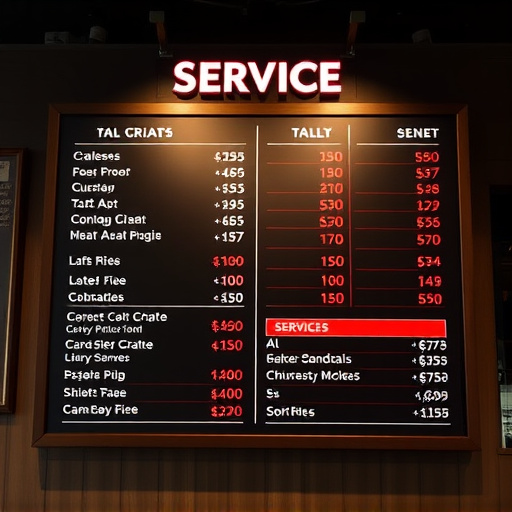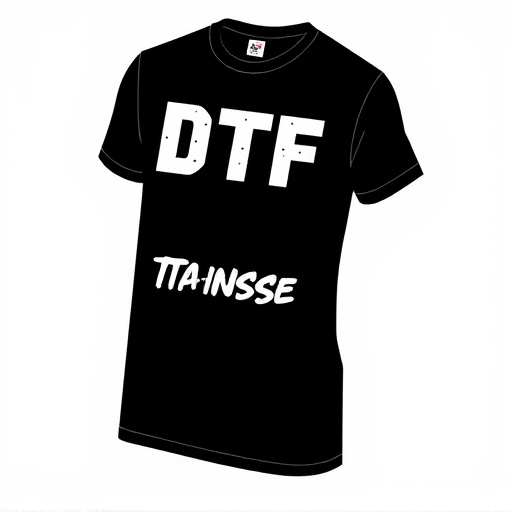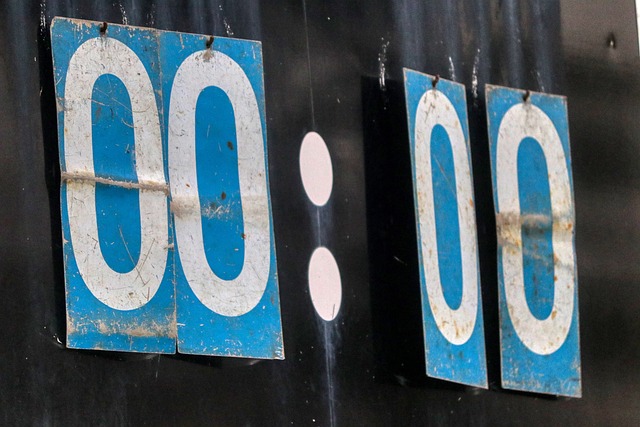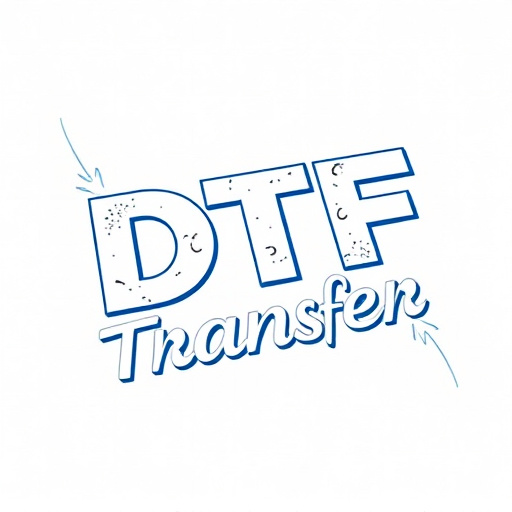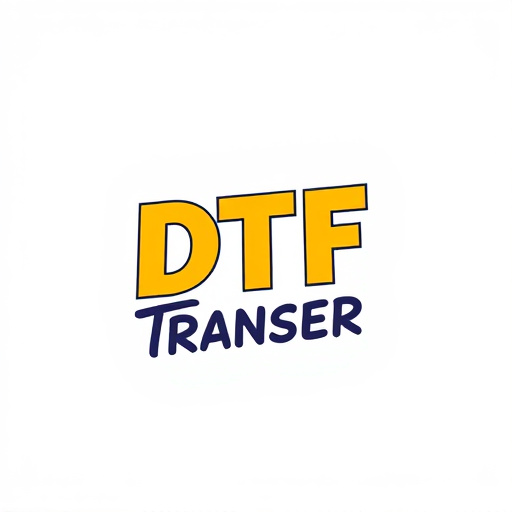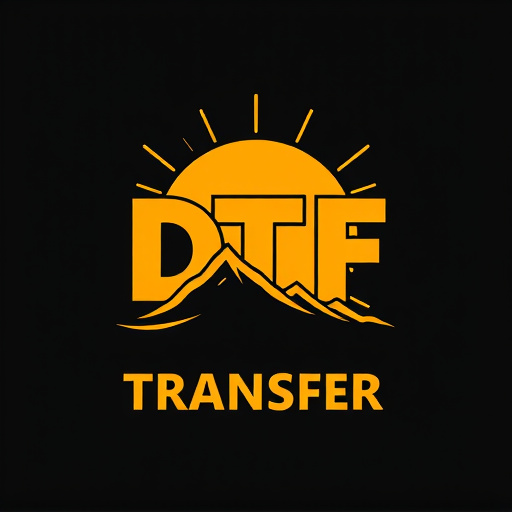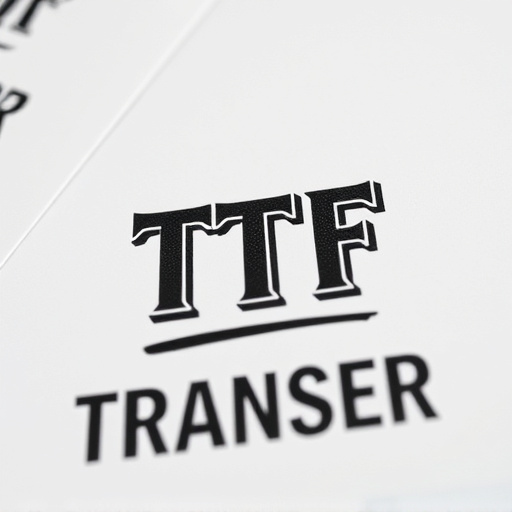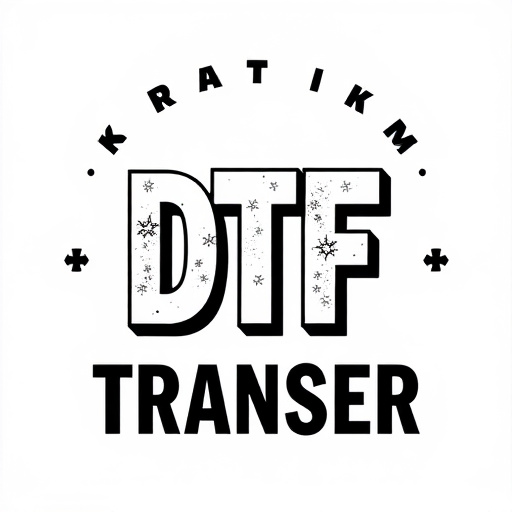Direct-to-Fabric (DTF) transfers are transforming apparel printing by offering precise, vibrant prints on sweatshirts and hoodies. This technology combines digital printing and heat pressing for superior color accuracy, swift production times, and versatility across fabric types. DTF ensures long-lasting, high-quality prints that captivate with unique artwork, making it an attractive option for custom designs and brand promotions in the print-on-demand industry.
In the realm of custom apparel, DTF transfers have emerged as a game-changer, offering unparalleled versatility and quality for sweatshirt and hoodie designs. This article delves into the exciting world of DTF printing, exploring its benefits, from vibrant DTF prints to durable longevity. We’ll guide you through the entire process—from design creation to final application—and offer insights on choosing the right materials and best practices for exceptional results. Discover the creative possibilities that DTF transfers unlock, revolutionizing the way you adorn your garments.
- Understanding DTF Transfers: A Comprehensive Overview
- Benefits of Using DTF for Sweatshirt and Hoodie Designs
- The Process: From Design to Final Print
- Choosing the Right Materials for Lasting Quality
- Creative Possibilities with DTF Printing Techniques
- Best Practices for Effective DTF Transfer Applications
Understanding DTF Transfers: A Comprehensive Overview
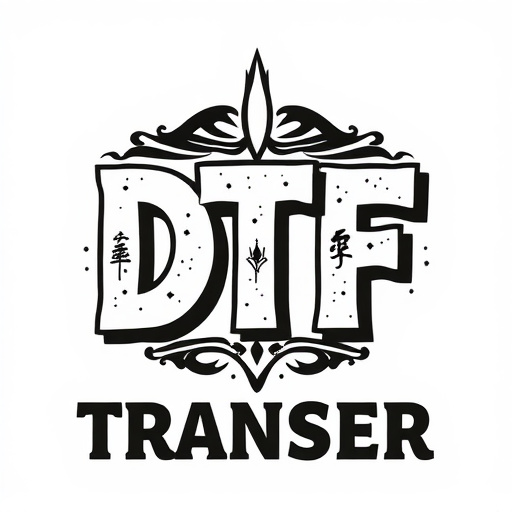
DTF (Direct-to-Fabric) transfers are a cutting-edge printing technology that has revolutionized the way we apply designs to sweatshirts and hoodies. Unlike traditional printing methods, DTF involves transferring ink directly onto the fabric surface, resulting in vibrant, long-lasting prints. This process allows for a wide range of design possibilities, from intricate graphics and text to complex photographic images.
The DTF transfer method combines elements of both digital printing and heat pressing. It starts with a specially designed print file that is precisely calibrated to match the fabric’s characteristics. The design is then printed onto a thin, flexible carrier sheet using high-quality inks. This ink-infused carrier sheet is pressed at a specific temperature and pressure onto the sweatshirt or hoodie, transferring the design onto the fabric in a permanent manner. DTF printing offers numerous benefits, including excellent color accuracy, fast production times, and the ability to print on various fabrics, making it an ideal choice for creating custom apparel and promoting brands effectively.
Benefits of Using DTF for Sweatshirt and Hoodie Designs
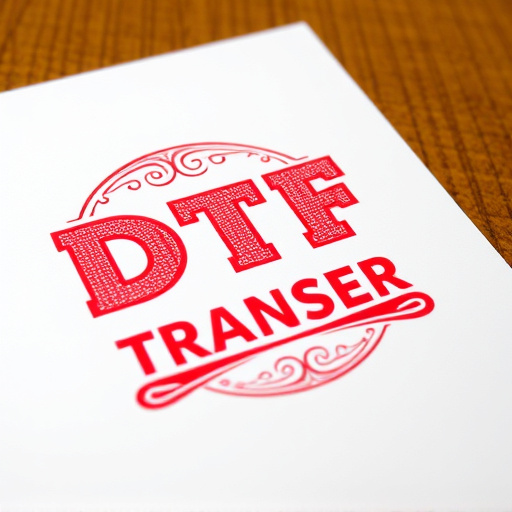
Using Direct to Fabric (DTF) transfers for sweatshirt and hoodie designs offers a multitude of benefits that make it a preferred method in the apparel industry. Firstly, DTF printing allows for high-quality, vibrant prints that are durable enough to withstand regular washing and wear, ensuring your designs maintain their original clarity and color even after repeated use. Unlike traditional printing methods that may crack or peel over time, DTF transfers provide a seamless integration of design with fabric, resulting in a more lasting and professional finish.
Additionally, DTF technology enables the application of complex and intricate designs onto various fabric types, including cotton, polyester, and blends. This versatility makes it suitable for a wide range of clothing items, allowing designers and manufacturers to cater to diverse consumer preferences. Moreover, the direct-to-fabric approach streamlines the production process, reducing lead times and making it an efficient solution for businesses aiming to deliver custom, on-demand apparel quickly and cost-effectively.
The Process: From Design to Final Print
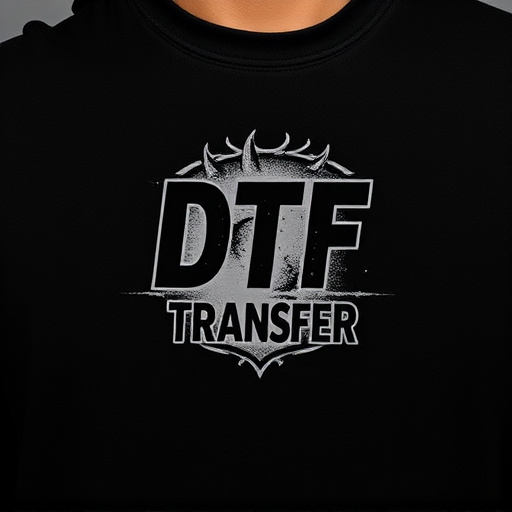
The process of creating film transfers for application on sweatshirts and hoodies involves several meticulous steps, from design conception to final print. It begins with graphic designers crafting or modifying artwork using specialized software, ensuring the design is optimized for DTF (Direct-to-Fabric) transfer. This digital file, known as a DTF file, contains precise instructions for printing onto a fabric medium.
Next, the DTF transfer film is prepared, aligning the design with the desired placement on the garment. The print head then accurately deposits ink onto the film, creating DTF prints that mirror the original design. Once printed, the DTF transfer is carefully applied to the sweatshirt or hoodie using heat and pressure, fusing the ink permanently into the fabric fibers. This method results in vibrant, long-lasting DTF transfers that enhance the apparel’s aesthetics.
Choosing the Right Materials for Lasting Quality
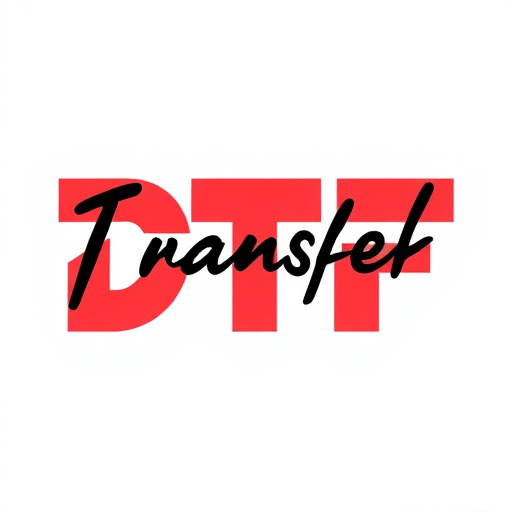
When creating film transfers for application on sweatshirts and hoodies, selecting the right materials is paramount to ensure lasting quality. DTF (Direct-to-Fabric) transfers, also known as DTF printing, offer an excellent solution due to their superior durability and vibrant colors. These transfers are designed specifically for fabric, allowing for a smooth and long-lasting finish on various garments. The key is choosing high-quality DTF materials that can withstand frequent washing without fading or cracking.
For optimal results, opt for DTF prints that use inks formulated for fabric, guaranteeing a rich color palette and exceptional fastness. The substrate should be designed to adhere strongly to the fabric while maintaining flexibility, preventing peeling or flaking over time. Additionally, consider the garment’s material; cotton and poly-cotton blends are popular choices as they offer a balance between comfort and durability. With these considerations in mind, you can create long-lasting DTF prints that not only look stunning but also endure the test of time on your favorite sweatshirts and hoodies.
Creative Possibilities with DTF Printing Techniques
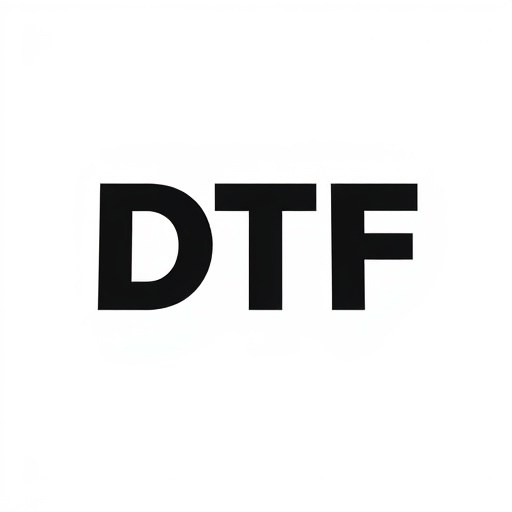
The world of print on demand has seen a revolutionary shift with the advent of DTF (Direct-to-Fabric) transfer printing techniques. This cutting-edge method opens up a realm of creative possibilities for designing and applying graphics onto sweatshirts, hoodies, and other textiles. Unlike traditional screen printing, which can be time-consuming and limit intricate designs, DTF offers a swift and versatile approach to customization.
With DTF Printing, artists and designers can easily create stunning, high-resolution prints that capture every detail of their artwork. From subtle, minimalist graphics to bold, eye-catching statements, the applications are endless. You can transform plain clothing into unique fashion pieces, recreate vintage posters for a retro vibe, or even incorporate photographic images for a personalized touch. This innovative process allows for direct printing on various fabrics, ensuring vibrant colors and exceptional durability, making it ideal for creating durable, long-lasting garments.
Best Practices for Effective DTF Transfer Applications

When applying DTF transfers to sweatshirts and hoodies, several best practices can ensure optimal results. First, pre-treat the garment’s fabric to prepare it for printing. This step helps ensure the DTF ink adheres properly, resulting in vibrant, long-lasting prints. Using high-quality, suitable fabrics like cotton or poly-cotton blends is essential for achieving crisp DTF transfers.
Additionally, precise registration and alignment are crucial during the application process. Misalignment can lead to imperfect prints or even ink bleeding between seams. Employing quality garment printers and utilizing guidelines or templates aids in accurate placement of the transfer. After application, allow sufficient curing time for the ink to set properly before washing or treating the garment to prevent smudging or fading of the DTF prints.

